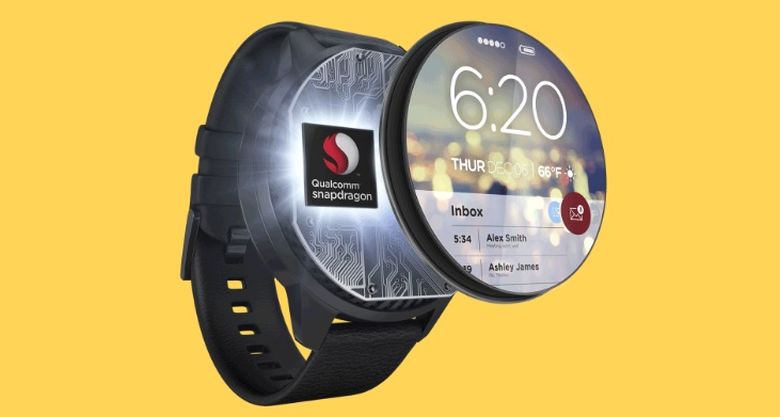You’d probably expect a fledgling segment of the ever-growing tech industry to advance at a more rapid pace than fully mature, saturated markets, and while that’s been true in some aspects for wearable devices, most smartwatches have also worryingly stagnated in a key department.
Remember the 2014 LG G Watch and Samsung Gear Live? Well, their sequels, threequels and spin-offs may look far prettier on the outside, and they’ve definitely gained a bunch of software tricks, a few being nowadays even capable of initiating and receiving voice calls by themselves.
But you know what the two fugly squares still share in common with the stylish circular Watch Urbane, Huawei Watch or second-gen Moto 360? Ancient Snapdragon 400 processors, exactly.
Thankfully, Qualcomm isn’t turning a new page this year only in terms of smartphone component supplying, but wearable chips too, finally taking the wraps off an SD400 successor designed specifically for wrist-worn gadgets and dubbed Snapdragon Wear 2100.
The 2100 SoC is merely a piece of a complex puzzle called simply Snapdragon Wear, with the larger “platform” consisting of a “full suite of silicon, software, support tools, and reference designs to allow mobile, fashion, and sports customers to bring a diverse range of full-featured wearables to customers quickly.”
The Snapdragon Wear 2100 will haul a series of substantial improvements over its predecessor, including 25 percent lower power consumption for longer running times between charges, a 30 percent smaller footprint to help enable thinner, sleeker smartwatches, “smarter sensors” supporting “richer algorithms with greater accuracy”, and a built-in “next-generation LTE modem” for an enhanced “always connected experience.”
As for prospective hardware partners, LG has already thrown its weight behind the upgraded processor, but in total, Qualcomm expects 50 new wearables to use the SD Wear 2100 by the end of the year, in addition to the 65 so far powered by Snapdragon “technologies.”

No comments:
Post a Comment